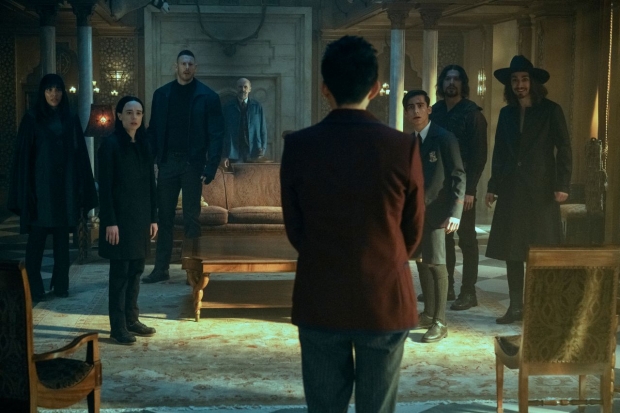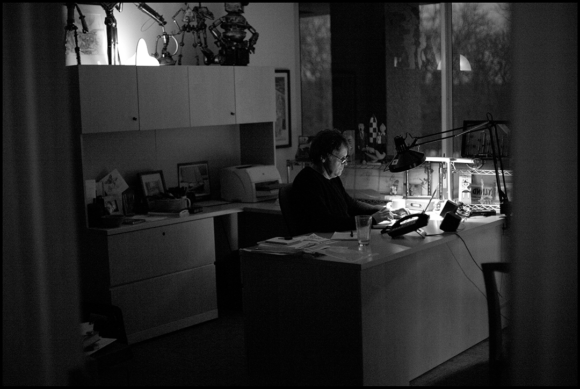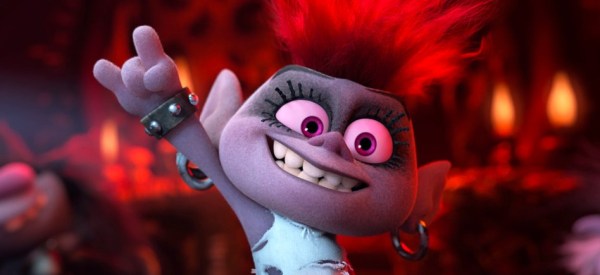
Kate Sánchez in a review for But Why Tho? relates the mother-daughter relationship to her own experience growing up as a brown person:
Here’s what the reviewers are saying:
Now that it’s out – on Disney+ and not theatrically – the general consensus of reviewers is that it’s a quirky and unique project that holds its own among Pixar’s iconic catalog.
En route to a hardly unexpected moral about embracing your inner weirdo, and learning the difference between self-control and self-repression, the panda becomes a potent cultural allegory too. This is especially true for later-generation Asian immigrant kids, whose challenges in balancing traditional values and contemporary environment are significantly different even to those of their parents, but it’s representative of the generational divide in much broader terms as well. The panda is, after all, a conduit for Mei to reconnect with her mother (and all her female relatives), during a ritual that gives them, of all things, a Petite Maman moment.
Turning Red is Pixar’s 25th feature film, yet the first feature in the company’s illustrious 36-year history that has a solo woman director. The director is Domee Shi, who was also the first woman director of a Pixar theatrical short, Bao.
Jessica Kiang of Rolling Stone speaks about the allegorical implications of the panda:
Mei doesn’t make pretty smiles or flirty lip bites when she swoons. Her face contorts in a way typically denied Disney’s female characters. It’s a face that’s not cute but is crucial to expressing that juvenile pang of lust that’s so abrupt and confounding that your face basically short-circuits. Even in these moments, Mei’s got her girls, each of whom is a familiar yet distinct brand of 8th-grade awkward. Always a booster, Miriam (Ava Morse) is enthusiastic but a bit oblivious. Priya (Maitreyi Ramakrishnan) is steadily chill, but will give in for a dance break. Abby (Hyein Park) is a girly girl who loves pink, flowers, and fluffy friends, but also will punch you in the face with a moment’s notice. Just like the red panda, they break the mold on what being a girl means in a Disney movie. They do it with verve and style — and we love them for all of it.
Shi’s turn as Pixar director isn’t merely cosmetic, as we’ve pointed out before. The studio invited women to occupy key creative roles in all areas of production, lending real authenticity to Shi’s vision of young womanhood. As the New York Times put it in a profile of Shi, “Turning Red tells an unabashedly female story — so much so that it reads as a corrective to the Woody-Buzz-Flik-Sully-Mike-Mater-Lightning-Luca bromances in which Pixar has specialized.”
Tomris Laffly on RogerEbert.com finds the connective tissue between Turning Red and past Pixar productions, suggesting that the film may not be all that different from the studio’s other efforts:
A notable voice of dissent is Richard Roeper in the Chicago Sun-Times, who calls the film “ultimately underwhelming”:
“Magical puberty transformation” are words you’d never hear a Pixar director use to describe their film while the studio was under the creative leadership of John Lasseter. But he’s history now, and Pixar has entered a new era of storytelling under the direction of Pete Docter – an era emphasizing stories that are more personal, intimate, and reflective of filmmakers who are not middle-aged white men.
The problems are mostly with the script, which often requires Meilin to be almost irritatingly obnoxious. Meanwhile, her mother behaves like a monster for much of the story, which takes on an increasingly supernatural element to the point where there’s a Ghostbusters homage.
The internet was predictable in its early reactions to the trailer, full of nonsensical takes on social media, and one review that was so ridiculously indefensible that its publisher, Cinemablend, took down the piece.
In a Mashable review, Kristy Puchko praises the expressiveness of the characters:
Turning Red currently holds an excellent 95% critics’ score on Rotten Tomatoes. The general public though still doesn’t quite know what to make of it; they’ve given it an icier reception, with a 66% score on Rotten Tomatoes as of this writing. The wide gulf between critics and audiences is abnormal for a Pixar film, but then again this isn’t your typical Pixar – and that may be Shi’s biggest accomplishment: broadening the idea of what a Pixar film can be.






